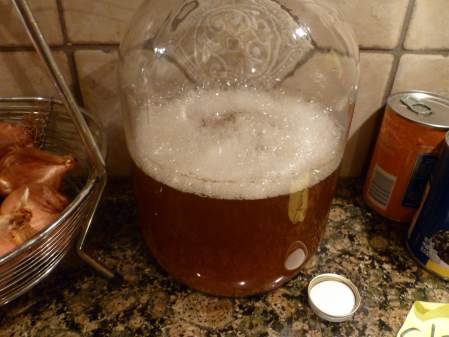Brett3rThanU
Well-Known Member
I've done a search and am still not 100% clear on the correct method for harvesting bottle dregs from a sour. I plan to use the dregs from a 750ml bottle of Jester King RU-55 which contains a Farmhouse Yeast, Wild Yeast from the Texas Hill Country, Brettanomyces Yeast, and Souring Bacteria. I only have one bottle, but might be able to get my hands on another. After reading, it sounds like I make a smaller starter 1-2 cups at about 1.025 and add the dregs. Do I aerate? Do I use a stir plate? How long do I let it sit before using it? After a week do add another cup of 1.025 wort? Aerate again and continue using the stir plate?
EDIT: I should note I plan to only use what I harvest here, no other sacc yeast at all in the beer.
EDIT: I should note I plan to only use what I harvest here, no other sacc yeast at all in the beer.






